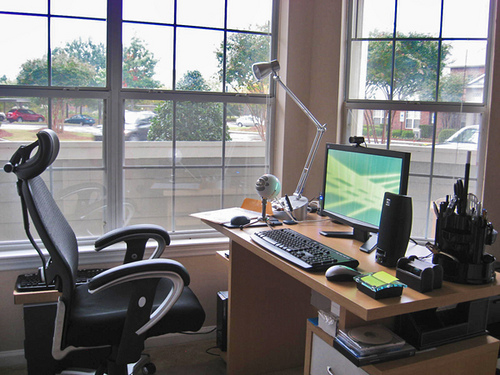Manage Your Business Relocation

Relocating a business can be a complex process. It’s a good idea to break down the move into stages, ensuring your relocation is well planned and trouble-free.
Selecting your site
Prior to scouting new office locations, take time out to plan your project, including factoring in a timeline, budget and consultation with colleagues and staff regarding the present and future requirements of your business operation. Engage the assistance of a reputable designer who can handle a spatial analysis in order to make certain you move to an appropriately sized site. It’s a good idea to consult with Office Removals Sydney to ensure your moving timeline is focussed, allowing your business to function with minimal disruption during the relocation.
Investigate and view available options and take photos to inspire your staff. Compare the layouts of possible options and your present premises in order to make an impartial assessment. Give yourself enough leeway to change plans during this phase. For example, you may desire a vacant space which can be modelled from the ground up, but there is a chance an existing office fitout can be remodelled to suit your company needs, saving time and money. But be careful to ascertain the quality and costs associated with making changes and the downside of conforming your business to another company’s layout.
Design choices
It’s important to educate yourself about the varying functions of different services related to the task. There are major distinctions between design and drafting services, as there are with architectural and interior design and fitout specialists. Engage consultants and engineers as required to ensure the project flows smoothly, from basic sketch design to architectural documentation. This is also a good time to audit your present furniture and storage systems to ascertain what can be sold or disposed of and what will be moved by Office Removals Sydney.
Remember to check lead times if sourcing purpose built furnishings as they need to be ready for the fitout. Engage with IT consultants during the design phase. They will advise you regarding power, data, phone and network systems and comms room. Keep a tight reign on the budget as the design determines the overall cost of the project.
The Fitout
If your company is undergoing a large fitout you will be tendering the project. Make sure the responses match your guidelines and documentation. The fitout company should understand the project timeline, payment schedule, tenancy guidelines, and offer a warranty on products. They should also satisfy all OH&S obligations and be a reputable company with adequate resources to deliver a finished product that matches your expectations.
At this time you should also create a condition report of the new premises in consultation with the landlord and builder prior to commencement of work. Work with the facilities manager in following all tenancy guidelines. It’s advisable to have a contingency plan and money to cover unexpected costs, thus avoiding delays caused by internal approval processes for every minor alteration during the fitout. The fitout contractor is responsible for removal of rubbish, safety and damage during the hectic time toward the end of the project when there may be many trades persons working on-site.
Relocation
Office Removals Sydney have the equipment, resources and experience to deliver your move. The present and new site can be inspected to ascertain access and any risks involved, making the move a smooth operation. Make sure to free up dedicated staff members to oversee the packing and relocation. It may be possible to replicate company services at both locations to avoid down time.
Keep your staff involved by creating a relocation guide, and brief them regarding your expectations on moving day. Make sure that fitout, IT and management are all available for trouble-shooting solutions once you are located at the new premises. Communication channels between staff and management should open up in order to respond to concerns. Finally, celebrate the completion of this major undertaking with staff. Welcome them to their new office, and thank them for their co-operation and teamwork.
